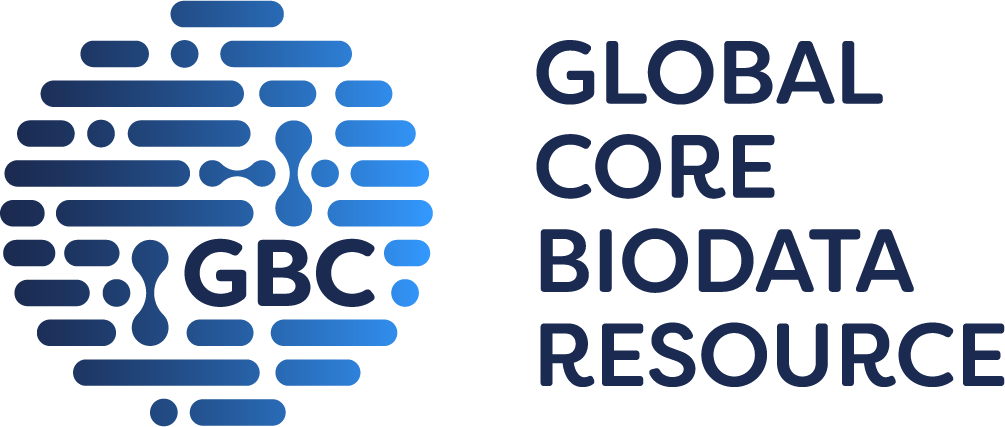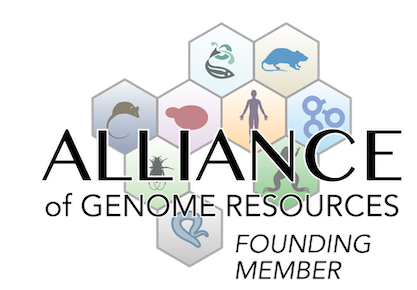adipose tissue
|
• at 6 months when fed standard chow despite normal food intake, fasting glucose, bone mineral density and lean mass
• when fed a high-fat diet despite no increase in food intake
• however, rapamycin treatment reduced fat mass
|
|
• when fed standard chow or a high-fat diet
• however, cell number is normal and rapamycin treatment reduced cell size
|
|
• brown adipose tissue exhibit larger multilocular lipid droplets compared to in control mice
• however, rapamycin treatment reduced lipid accumulation in brown adipose tissue
|
|
• in epididymal and inguinal white adipose tissue when fed standard chow or a high-fat diet
• however, cell number is normal and rapamycin treatment reduced cell size
|
|
• enlarged
|
|
• increased lipid accumulation
|
|
• reduced beta-adrenoceptor agonist-stimulated glycerol and fatty acid release from brown, inguinal and epididymal fat of fasted mice
|
|
• decreased fatty acid oxidation in brown adipocytes
|
homeostasis/metabolism
|
• in brown adipocytes
|
|
• when fed a high-fat diet despite no increase in food intake
|
|
• cold-exposed mice exhibit reduced body temperatures compared with control mice
|
|
• when fed a high-fat diet
|
|
• in cold-exposed mice
|
|
• in cold-exposed mice despite normal activity levels and respiratory quotient
|
|
• when fed a high-fat diet
|
|
• when fed a high-fat diet
|
growth/size/body
|
• at 6 months when fed standard chow despite normal food intake, fasting glucose, bone mineral density and lean mass
• when fed a high-fat diet despite no increase in food intake
• however, rapamycin treatment reduced fat mass
|
|
• at 6 months despite normal food intake, fasting glucose, bone mineral density and lean mass
• however, rapamycin treatment reduced body weight gain
|
|
• at 6 months
• however, rapamycin treatment reduced body weight gain
|
|
• when fed a high-fat diet despite no increase in food intake
|
liver/biliary system
|
• when fed a high-fat diet
|
cellular
|
• in brown adipocytes
|



 Analysis Tools
Analysis Tools